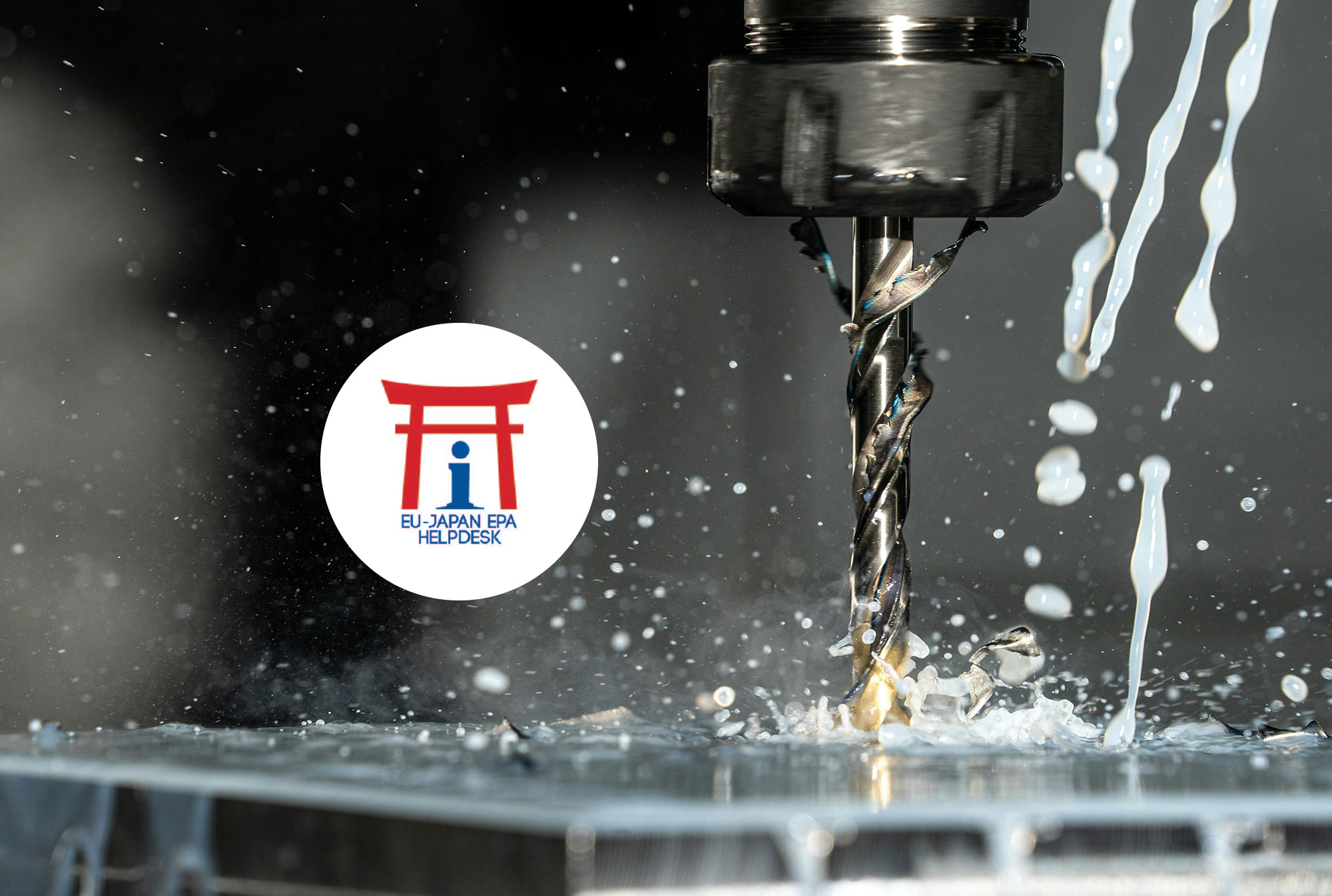While the EU-Japan Economic Partnership Agreement (EPA) aims to eliminate or reduce tariffs and non-tariff barriers on a wide range of goods, including manufactured goods like parts and machinery, it’s crucial to understand that preferential treatment (i.e., the reduced or zero tariffs) is contingent upon meeting the Rules of Origin (RoO) specified in the agreement.
Therefore, there aren’t outright restrictions in the sense of prohibitions on exporting these goods. However, for Japanese machinery and parts to benefit from the preferential tariffs under the EPA when entering the EU market, they must qualify as “originating products of Japan” according to the RoO.
Here’s a breakdown of the key aspects related to this:
- Rules of Origin (RoO): The Key Requirement
The RoO are the criteria used to determine the “economic nationality” of a product. Just because a product is shipped from Japan doesn’t automatically mean it qualifies for preferential treatment under the EPA. The RoO ensure that the benefits of the FTA accrue to products that have undergone sufficient economic activity in Japan (or the EU for EU exports to Japan).
Under the EU-Japan EPA, a product can be considered originating in Japan if it falls into one of the following categories:
- Wholly obtained or produced in Japan: This includes goods entirely grown, harvested, extracted, or manufactured in Japan without using any non-originating materials. This is less likely for complex manufactured goods like machinery and parts.
- Produced exclusively from originating materials of Japan: If all the materials used in the production of the machinery or parts are already considered originating in Japan, then the final product will also be considered originating.
- Produced using non-originating materials, provided they have undergone sufficient working or processing in Japan: This is the most relevant category for many manufactured goods. The EPA specifies product-specific rules that define what constitutes “sufficient working or processing.” These rules are detailed in Annex 3-B of the EPA.
Product-Specific Rules of Origin for Machinery and Parts
Annex 3-B contains extensive lists of product-specific rules, categorised by the Harmonized System (HS) code of the goods. For machinery and parts (typically falling under HS Sections XVI, XVII, and XVIII), these rules can vary significantly depending on the specific type of product. Common types of rules include:
Change in Tariff Classification (CTC): This rule often requires that the non-originating materials used in production undergo a specified change in their HS code at a certain digit level (e.g., change at the two-digit (Chapter), four-digit (Heading), or six-digit (Subheading) level).
Example: Non-originating metal sheets (classified under one HS heading) are used to manufacture a machine (classified under a different HS heading). If the rule specifies a change at the heading level, the machine could be considered originating.
Value Added Rule: This rule stipulates that the value of the non-originating materials used in the production cannot exceed a certain percentage (e.g., 40%, 50%) of the ex-works price of the final product.
Example: The total value of non-Japanese components used in a machine must be less than 50% of the price at which the Japanese manufacturer sells it.
Specific Manufacturing Processes: For some products, the rules might specify particular manufacturing operations that must be performed in Japan for the goods to be considered originating.
Example: For certain electronic components, the rule might require the mounting of components onto printed circuit boards to be carried out in Japan.
No Tariffs, But Compliance is Key
If Japanese manufactured goods like parts and machinery meet the applicable Rules of Origin, they will generally benefit from reduced or eliminated tariffs upon entry into the EU market, as outlined in Annex 2-A (Tariff Elimination and Reduction) of the EPA. The agreement has already eliminated tariffs on a significant percentage of goods, with further reductions phased in over time.
Non-Tariff Barriers and Other Requirements
While the EPA focuses on reducing tariffs, it also addresses non-tariff barriers. Japanese machinery and parts exported to the EU still need to comply with all relevant EU regulations, standards, and certification requirements related to safety, health, and environmental protection. These are not specific “restrictions” under the FTA but are general requirements for placing products on the EU market.
Conclusion
There are no specific prohibitions under the EU-Japan FTA on exporting Japanese manufactured goods like parts or machinery to the EU. However, to benefit from the preferential tariff rates offered by the agreement, these goods must meet the detailed Rules of Origin as defined in the EPA. Failure to comply with these rules means the goods will be subject to the EU’s Most Favoured Nation (MFN) tariff rates.
Japanese exporters need to carefully assess the origin of the materials used and the production processes carried out in Japan to ensure their goods qualify for preferential treatment under the EU-Japan EPA. The EU’s Access2Markets portal (https://trade.ec.europa.eu/access-to-markets/en/home) and the EU-Japan Centre for Industrial Cooperation (https://www.eu-japan.eu/) provide resources to help businesses understand these rules.
